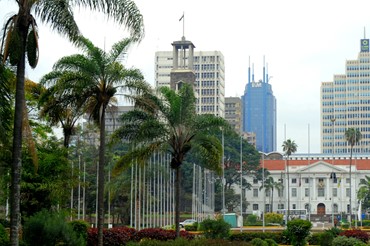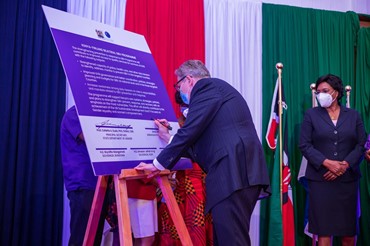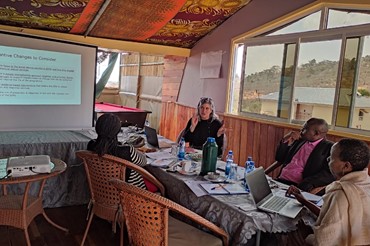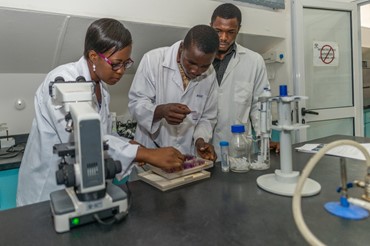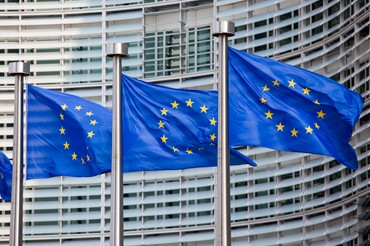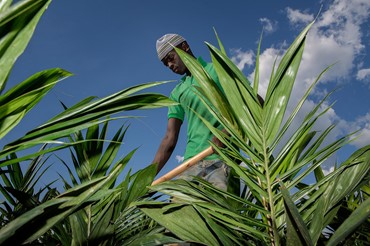Community-focused solutions: prioritising insights from dialogue with GBV survivors and cultural elders
Beyond the technical approach, a core part of reducing gender-based violence in Kenya is engaging with constituents – namely, survivors and cultural elders.
In July 2022, a total of 89 survivors – 62 females and 27 males – gathered to discuss pressing GBV issues and needs with the Gender Directors for the county and state, as well as the NIRAS project team. These were to:
- Transform support groups into service providers and an avenue for GBV survivors to heal and connect;
- Engage different social levels, such as community and family, in increasing awareness, and building better warning systems;
- Improve quality services, strengthening victim and witness protection, and broadening opportunities to assist survivors;
- Reinforce and foster a culture of accountability;
- Focus on asset building.
In the discussion, survivors said they view support groups as key to their healing, a safe space where they can “seek encouragement and learn from those who have already recovered,” the team reports. But apart from that, survivors, particularly in Kilifi County, also deem GBV support groups as an avenue where “their voices can be heard and their cases handled expeditiously.”
Being members of a support group can substantially build survivors’ capacity to cope, raise awareness and empower others to do the same. However, more than capacity building, the team learned from discussions there is also an urgent need for asset building.
A report by the team notes that at present, “support groups are struggling to respond to the critical social welfare needs of survivors in the aftermath of an incident,” making necessities like items for hygiene and medical care scarce upon survivors’ displacement.
“Establishing a system for in-kind support within the groups would help them address the critical needs of survivors who are often displaced...and do not have access to their personal belongings,” the report adds.
On female genital mutilation and child marriage: a dialogue with cultural elders in Samburu
Last year, the Gender, Culture, Youth and Sports Department for Samburu County organised events resulting in discussions concerning female genital mutilation, child marriage and child beading, a Samburu practice where the community supports men, who can be relatives, raping girls as young as six years old.
Engaging with cultural elders ties in with the team’s key innovation of mobilising champions and is also instrumental in identifying critical issues in each county and then formulating recommendations resulting from the dialogue. Several observations were:
- How impactful videos explaining female genital mutilation can be so boys and men better understand the procedure girls and women undergo;
- How community events showcasing traditions in gathering and food are safe for open discussion.
A dialogue with Bungoma County elders was also held in October last year, and the team summarised recommendations following the discussion in key points similar to the observations in Samburu:
- Promoting education for both girls and boys as well as parents to give their children guidance and support as a “protective strategy”;
- Reinforcing the role of champions in continuously speaking out about the harms of GBV through various platforms;
- Developing anti-GBV educational and mentoring strategies targeted at boys and men of all ages.







